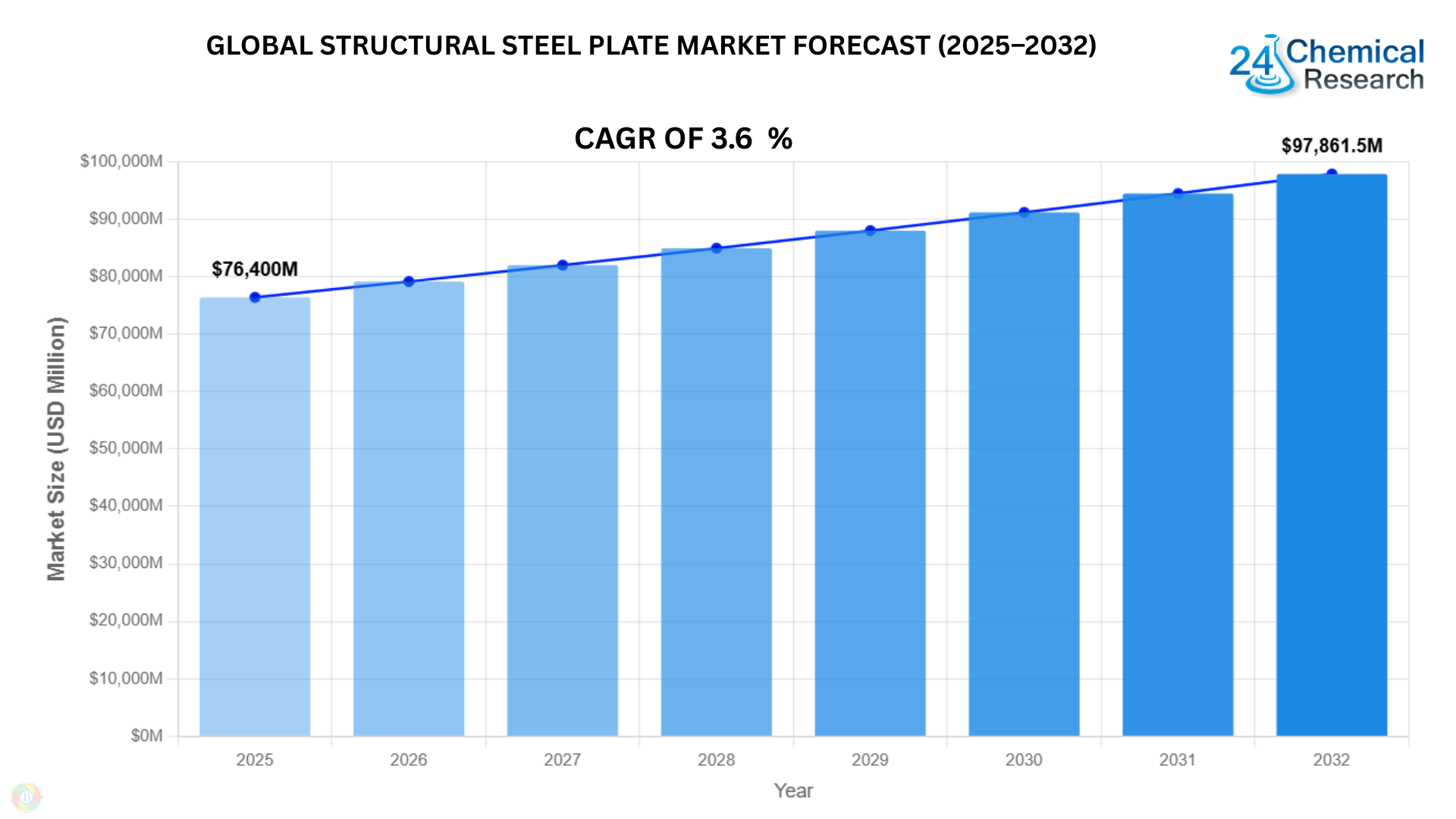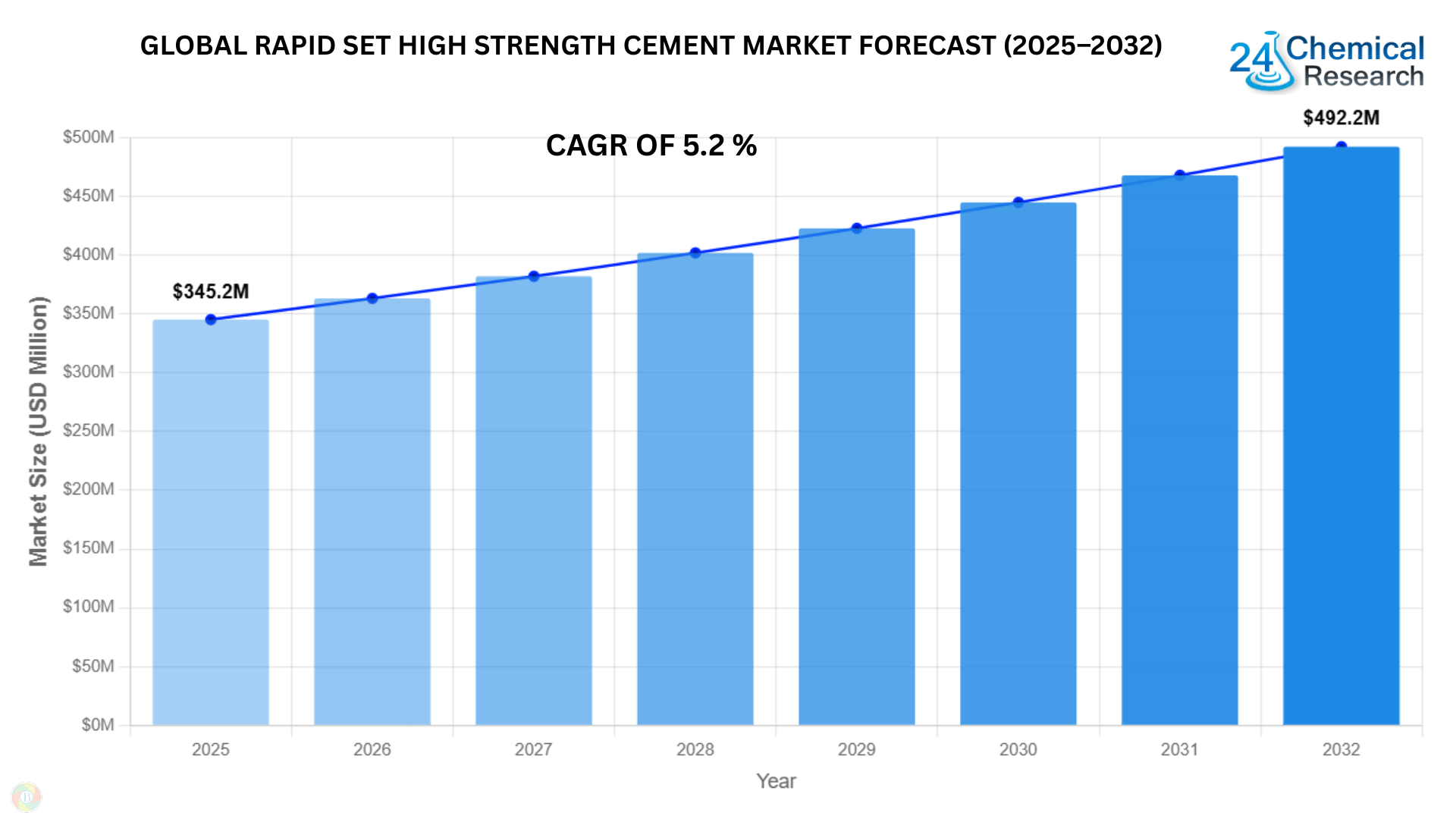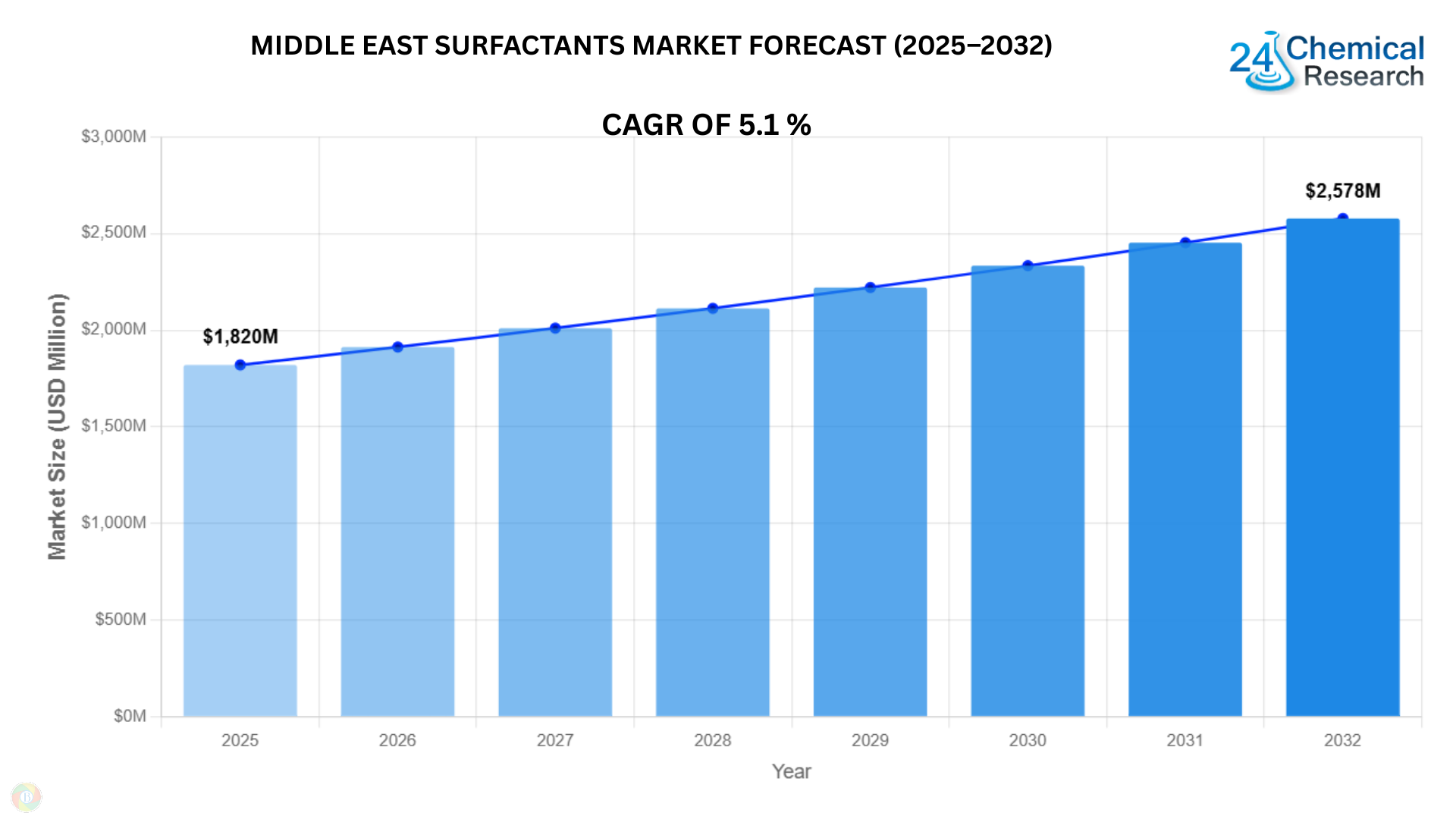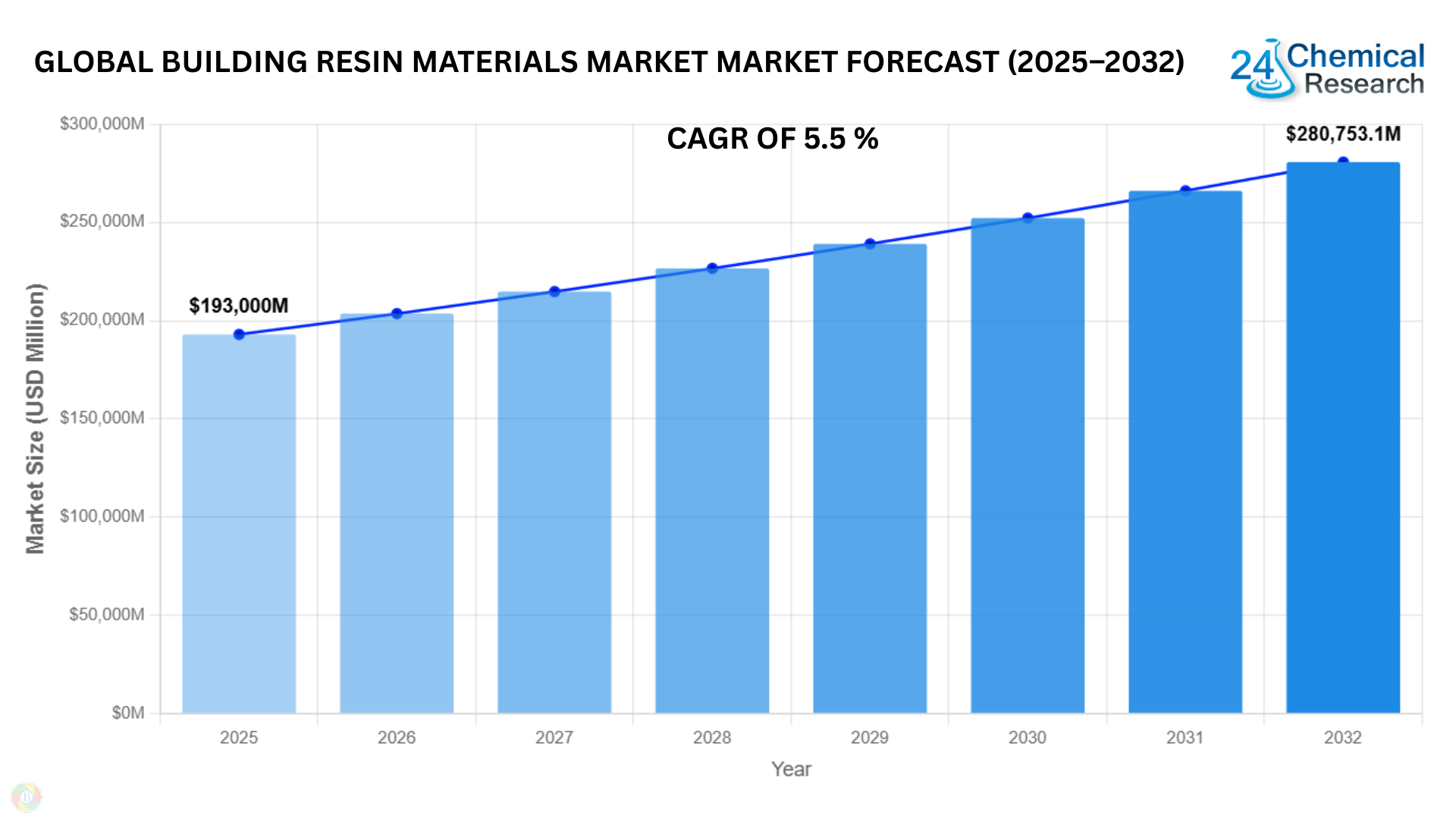Doorphone Market Forecast: Industry to Expand from USD 2.40 Billion in 2024 to USD 3.05 Billion by 2032
Doorphone Market, valued at a robust USD 2396 million in 2024, is on a steady path of expansion, projected to grow from USD 2480 million in 2025 to USD 3045 million by 2032. This growth, representing a compound annual growth rate (CAGR) of 3.6%, is detailed in a comprehensive new report published by Semiconductor Insight. The study underscores the critical role these access control and security devices play in residential and commercial safety, becoming a cornerstone of modern property infrastructure.
Doorphones, essential for secure and convenient visitor identification and communication, are becoming indispensable for managing access in residential complexes and commercial buildings. Their evolution from simple audio intercoms to sophisticated video and smart systems enhances security protocols and provides residents with greater control and peace of mind. This transition is fundamental to the development of integrated smart home and building management ecosystems.
Global Urbanization and Security Concerns: The Primary Growth Engine
The report identifies rapid global urbanization and escalating security concerns as the paramount drivers for doorphone market growth. With safety becoming a primary consideration for homeowners and property managers, the demand for reliable access control systems has surged. The residential segment, which constitutes the largest application area for doorphones, is experiencing sustained demand due to new construction activities and the retrofitting of existing properties with modern security systems. This correlation between urban development and security needs is direct and substantial.
"The unprecedented rate of urbanization in the Asia-Pacific region, which commands a dominant share of the global doorphone market, is a key factor in its sustained momentum," the report states. As mega-cities expand and multi-tenant residential buildings proliferate, the need for centralized, efficient visitor management systems like video doorphones has become a standard specification. This trend is further amplified by the growing integration of these systems with broader smart home platforms, allowing for remote monitoring and control via smartphones, which significantly enhances user convenience.
Read Full Report: https://semiconductorinsight.com/report/doorphone-market/
Download FREE Sample Report:
Doorphone Market - View in Detailed Research Report
Market Segmentation: Wireless Video Doorphones and Residential Applications Dominate
The report provides a detailed segmentation analysis, offering a clear view of the market structure and key growth segments:
Segment Analysis:
By Type
• Wired Doorphone
• Wireless Visible Doorphone
• Wireless Invisible Doorphone
By Application
• Residential
• Commercial
By Technology
• Audio-Only Systems
• Video-Enabled Systems
• Smart/AI-Integrated Systems
Get Full Report Here:
Doorphone Market, Global Business Strategies 2025-2032 - View in Detailed Research Report
Competitive Landscape: Key Players and Strategic Focus
The report profiles key industry players, including:
• SAMSUNG
• 2N
• Siedle
• Comelit Group
• Urmet
• COMMAX
• MOX
• Anjubao
• Leelen
• Dnake
These companies are focusing on technological advancements, such as integrating AI for facial recognition and enhancing mobile app connectivity, alongside geographic expansion into high-growth regions to capitalize on emerging opportunities.
Emerging Opportunities in Smart Home and IoT Integration
Beyond traditional security drivers, the report outlines significant emerging opportunities. The proliferation of smart home ecosystems presents a substantial growth avenue, with doorphones acting as a critical entry point for home automation. The integration with IoT platforms allows for seamless operation with smart locks, lighting, and voice assistants, creating a more holistic and responsive living environment. Furthermore, the trend towards IP-based systems and cloud connectivity is a major development. Smart doorphones with mobile integration and cloud storage for video footage are becoming a standard expectation, offering users unprecedented control and security monitoring capabilities from anywhere in the world.
Report Scope and Availability
The market research report offers a comprehensive analysis of the global and regional Doorphone markets from 2025–2032. It provides detailed segmentation, market size forecasts, competitive intelligence, technology trends, and an evaluation of key market dynamics.
For a detailed analysis of market drivers, restraints, opportunities, and the competitive strategies of key players, access the complete report.
Read Full Report: https://semiconductorinsight.com/report/doorphone-market/
Download Sample Report: https://semiconductorinsight.com/download-sample-report/?product_id=127123
About Semiconductor Insight
Semiconductor Insight is a leading provider of market intelligence and strategic consulting for the global semiconductor and high-technology industries. Our in-depth reports and analysis offer actionable insights to help businesses navigate complex market dynamics, identify growth opportunities, and make informed decisions. We are committed to delivering high-quality, data-driven research to our clients worldwide.
Website: https://semiconductorinsight.com/
International: +91 8087 99 2013
LinkedIn: Follow Us
#marketsize,#forecast,#trendsoutlook,
#markettrend,#growth,#marketshare,
#wireless,#semiconductors,#technology,
#thermostatics
Doorphone Market, valued at a robust USD 2396 million in 2024, is on a steady path of expansion, projected to grow from USD 2480 million in 2025 to USD 3045 million by 2032. This growth, representing a compound annual growth rate (CAGR) of 3.6%, is detailed in a comprehensive new report published by Semiconductor Insight. The study underscores the critical role these access control and security devices play in residential and commercial safety, becoming a cornerstone of modern property infrastructure.
Doorphones, essential for secure and convenient visitor identification and communication, are becoming indispensable for managing access in residential complexes and commercial buildings. Their evolution from simple audio intercoms to sophisticated video and smart systems enhances security protocols and provides residents with greater control and peace of mind. This transition is fundamental to the development of integrated smart home and building management ecosystems.
Global Urbanization and Security Concerns: The Primary Growth Engine
The report identifies rapid global urbanization and escalating security concerns as the paramount drivers for doorphone market growth. With safety becoming a primary consideration for homeowners and property managers, the demand for reliable access control systems has surged. The residential segment, which constitutes the largest application area for doorphones, is experiencing sustained demand due to new construction activities and the retrofitting of existing properties with modern security systems. This correlation between urban development and security needs is direct and substantial.
"The unprecedented rate of urbanization in the Asia-Pacific region, which commands a dominant share of the global doorphone market, is a key factor in its sustained momentum," the report states. As mega-cities expand and multi-tenant residential buildings proliferate, the need for centralized, efficient visitor management systems like video doorphones has become a standard specification. This trend is further amplified by the growing integration of these systems with broader smart home platforms, allowing for remote monitoring and control via smartphones, which significantly enhances user convenience.
Read Full Report: https://semiconductorinsight.com/report/doorphone-market/
Download FREE Sample Report:
Doorphone Market - View in Detailed Research Report
Market Segmentation: Wireless Video Doorphones and Residential Applications Dominate
The report provides a detailed segmentation analysis, offering a clear view of the market structure and key growth segments:
Segment Analysis:
By Type
• Wired Doorphone
• Wireless Visible Doorphone
• Wireless Invisible Doorphone
By Application
• Residential
• Commercial
By Technology
• Audio-Only Systems
• Video-Enabled Systems
• Smart/AI-Integrated Systems
Get Full Report Here:
Doorphone Market, Global Business Strategies 2025-2032 - View in Detailed Research Report
Competitive Landscape: Key Players and Strategic Focus
The report profiles key industry players, including:
• SAMSUNG
• 2N
• Siedle
• Comelit Group
• Urmet
• COMMAX
• MOX
• Anjubao
• Leelen
• Dnake
These companies are focusing on technological advancements, such as integrating AI for facial recognition and enhancing mobile app connectivity, alongside geographic expansion into high-growth regions to capitalize on emerging opportunities.
Emerging Opportunities in Smart Home and IoT Integration
Beyond traditional security drivers, the report outlines significant emerging opportunities. The proliferation of smart home ecosystems presents a substantial growth avenue, with doorphones acting as a critical entry point for home automation. The integration with IoT platforms allows for seamless operation with smart locks, lighting, and voice assistants, creating a more holistic and responsive living environment. Furthermore, the trend towards IP-based systems and cloud connectivity is a major development. Smart doorphones with mobile integration and cloud storage for video footage are becoming a standard expectation, offering users unprecedented control and security monitoring capabilities from anywhere in the world.
Report Scope and Availability
The market research report offers a comprehensive analysis of the global and regional Doorphone markets from 2025–2032. It provides detailed segmentation, market size forecasts, competitive intelligence, technology trends, and an evaluation of key market dynamics.
For a detailed analysis of market drivers, restraints, opportunities, and the competitive strategies of key players, access the complete report.
Read Full Report: https://semiconductorinsight.com/report/doorphone-market/
Download Sample Report: https://semiconductorinsight.com/download-sample-report/?product_id=127123
About Semiconductor Insight
Semiconductor Insight is a leading provider of market intelligence and strategic consulting for the global semiconductor and high-technology industries. Our in-depth reports and analysis offer actionable insights to help businesses navigate complex market dynamics, identify growth opportunities, and make informed decisions. We are committed to delivering high-quality, data-driven research to our clients worldwide.
Website: https://semiconductorinsight.com/
International: +91 8087 99 2013
LinkedIn: Follow Us
#marketsize,#forecast,#trendsoutlook,
#markettrend,#growth,#marketshare,
#wireless,#semiconductors,#technology,
#thermostatics
Doorphone Market Forecast: Industry to Expand from USD 2.40 Billion in 2024 to USD 3.05 Billion by 2032
Doorphone Market, valued at a robust USD 2396 million in 2024, is on a steady path of expansion, projected to grow from USD 2480 million in 2025 to USD 3045 million by 2032. This growth, representing a compound annual growth rate (CAGR) of 3.6%, is detailed in a comprehensive new report published by Semiconductor Insight. The study underscores the critical role these access control and security devices play in residential and commercial safety, becoming a cornerstone of modern property infrastructure.
Doorphones, essential for secure and convenient visitor identification and communication, are becoming indispensable for managing access in residential complexes and commercial buildings. Their evolution from simple audio intercoms to sophisticated video and smart systems enhances security protocols and provides residents with greater control and peace of mind. This transition is fundamental to the development of integrated smart home and building management ecosystems.
Global Urbanization and Security Concerns: The Primary Growth Engine
The report identifies rapid global urbanization and escalating security concerns as the paramount drivers for doorphone market growth. With safety becoming a primary consideration for homeowners and property managers, the demand for reliable access control systems has surged. The residential segment, which constitutes the largest application area for doorphones, is experiencing sustained demand due to new construction activities and the retrofitting of existing properties with modern security systems. This correlation between urban development and security needs is direct and substantial.
"The unprecedented rate of urbanization in the Asia-Pacific region, which commands a dominant share of the global doorphone market, is a key factor in its sustained momentum," the report states. As mega-cities expand and multi-tenant residential buildings proliferate, the need for centralized, efficient visitor management systems like video doorphones has become a standard specification. This trend is further amplified by the growing integration of these systems with broader smart home platforms, allowing for remote monitoring and control via smartphones, which significantly enhances user convenience.
Read Full Report: https://semiconductorinsight.com/report/doorphone-market/
Download FREE Sample Report:
Doorphone Market - View in Detailed Research Report
Market Segmentation: Wireless Video Doorphones and Residential Applications Dominate
The report provides a detailed segmentation analysis, offering a clear view of the market structure and key growth segments:
Segment Analysis:
By Type
• Wired Doorphone
• Wireless Visible Doorphone
• Wireless Invisible Doorphone
By Application
• Residential
• Commercial
By Technology
• Audio-Only Systems
• Video-Enabled Systems
• Smart/AI-Integrated Systems
Get Full Report Here:
Doorphone Market, Global Business Strategies 2025-2032 - View in Detailed Research Report
Competitive Landscape: Key Players and Strategic Focus
The report profiles key industry players, including:
• SAMSUNG
• 2N
• Siedle
• Comelit Group
• Urmet
• COMMAX
• MOX
• Anjubao
• Leelen
• Dnake
These companies are focusing on technological advancements, such as integrating AI for facial recognition and enhancing mobile app connectivity, alongside geographic expansion into high-growth regions to capitalize on emerging opportunities.
Emerging Opportunities in Smart Home and IoT Integration
Beyond traditional security drivers, the report outlines significant emerging opportunities. The proliferation of smart home ecosystems presents a substantial growth avenue, with doorphones acting as a critical entry point for home automation. The integration with IoT platforms allows for seamless operation with smart locks, lighting, and voice assistants, creating a more holistic and responsive living environment. Furthermore, the trend towards IP-based systems and cloud connectivity is a major development. Smart doorphones with mobile integration and cloud storage for video footage are becoming a standard expectation, offering users unprecedented control and security monitoring capabilities from anywhere in the world.
Report Scope and Availability
The market research report offers a comprehensive analysis of the global and regional Doorphone markets from 2025–2032. It provides detailed segmentation, market size forecasts, competitive intelligence, technology trends, and an evaluation of key market dynamics.
For a detailed analysis of market drivers, restraints, opportunities, and the competitive strategies of key players, access the complete report.
Read Full Report: https://semiconductorinsight.com/report/doorphone-market/
Download Sample Report: https://semiconductorinsight.com/download-sample-report/?product_id=127123
About Semiconductor Insight
Semiconductor Insight is a leading provider of market intelligence and strategic consulting for the global semiconductor and high-technology industries. Our in-depth reports and analysis offer actionable insights to help businesses navigate complex market dynamics, identify growth opportunities, and make informed decisions. We are committed to delivering high-quality, data-driven research to our clients worldwide.
🌐 Website: https://semiconductorinsight.com/
📞 International: +91 8087 99 2013
🔗 LinkedIn: Follow Us
#marketsize,#forecast,#trendsoutlook,
#markettrend,#growth,#marketshare,
#wireless,#semiconductors,#technology,
#thermostatics
·2K Views
·0 önizleme











